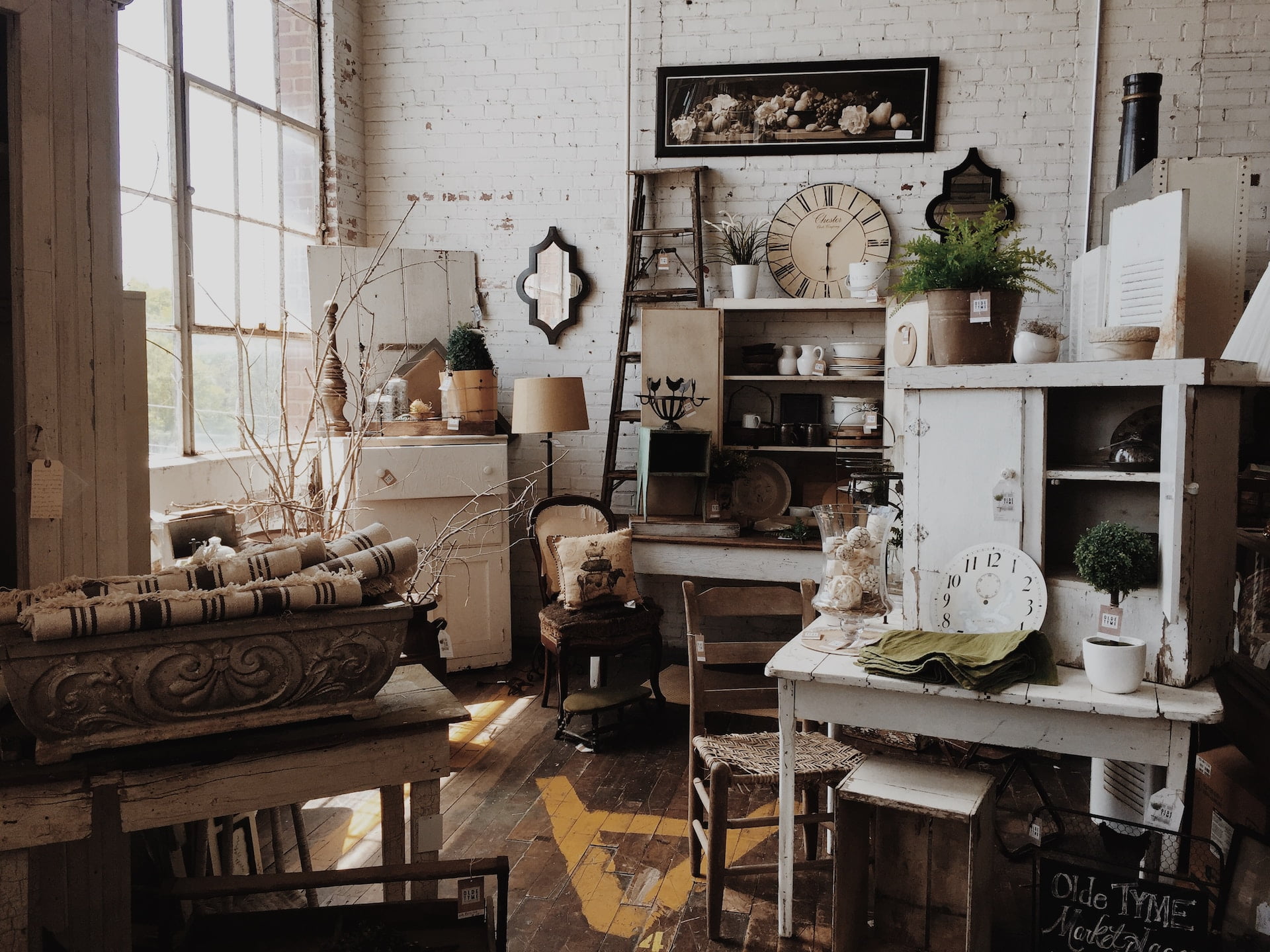Tips for Getting Antique Furniture and Furnishings
Antique furniture and furnishings can add character, charm, and a sense of history to your home. Whether you’re a seasoned antique collector or a novice looking to acquire your first piece, navigating the world of antiques can be a rewarding but sometimes daunting endeavor. Here are some valuable tips for acquiring antique furniture and furnishings to help you make informed choices and find treasures that resonate with your style and preferences.
1. Do Your Research
Before you start shopping, educate yourself about different styles, periods, and types of antique furniture. Understanding the characteristics and history of various styles, such as Victorian, Georgian, Art Deco, or mid-century modern, will empower you to make informed decisions.
2. Set a Budget
Determine how much you’re willing to spend on antique furniture and stick to your budget. Antique prices can vary widely, so having a clear spending limit will help you narrow down your options and prevent overspending.
3. Visit Antique Shops and Shows
Explore antique shops, markets, and shows in your area. These venues often offer a diverse selection of pieces and the opportunity to see and touch items in person. Antique dealers can provide valuable information about the pieces they have for sale. It can also help to head to shops that specialize in particular items. For example, if you want refurbished fireplaces in London, Stonewoods is an excellent example of a seller offering traditional fireplaces at a reasonable price.
4. Consider Online Resources
Online marketplaces and auction websites like eBay, Etsy, and LiveAuctioneers offer access to a vast array of antique furniture and furnishings. While online shopping can be convenient, it’s essential to verify the authenticity of items and read reviews from reputable sellers.
5. Examine the Condition
Inspect the condition of the antique thoroughly. Look for signs of wear, damage, or alterations. Some minor imperfections are expected in antique pieces, but be cautious if the item appears heavily restored or in poor condition.
6. Check for Authenticity
Authenticity is crucial when purchasing antiques. Ask for provenance, certificates of authenticity, or any documentation that can verify the piece’s history and origin. If you’re unsure, seek the expertise of a reputable appraiser.
7. Learn to Recognize Antique Materials
Familiarize yourself with the materials commonly used in antique furniture, such as different types of wood, upholstery fabrics, and hardware. Knowing the materials can help you assess the age and authenticity of a piece.
8. Test Furniture Functionality
If you intend to use the antique furniture, ensure that it functions as intended. Test drawers, doors, and moving parts to make sure they work smoothly. For upholstered items, inspect the frame and cushions for structural integrity.
9. Negotiate Wisely
Don’t be afraid to negotiate the price, especially if you’re buying from a dealer or at an auction. Be respectful but assertive in your negotiations, and be prepared to walk away if the price doesn’t align with your budget.
10. Ask Questions
Don’t hesitate to ask the seller questions about the piece, such as its history, provenance, and any known repairs or restoration work. A reputable seller should be transparent and willing to provide information. You could even ask if you have pictures easily to hand if they think it would complement your existing decor and fit the scale of your space. Antique pieces can be versatile and blend well with various styles, but it’s essential to maintain harmony in your interior design.




